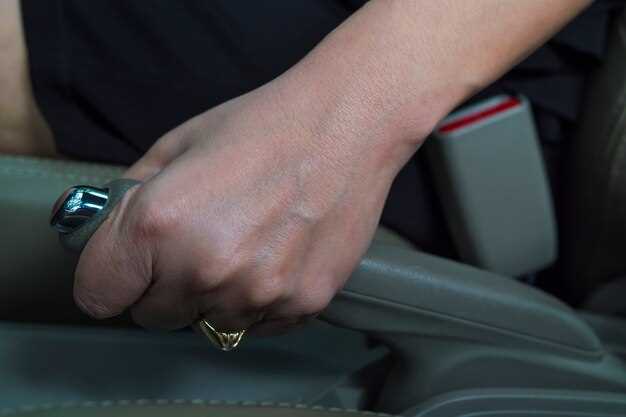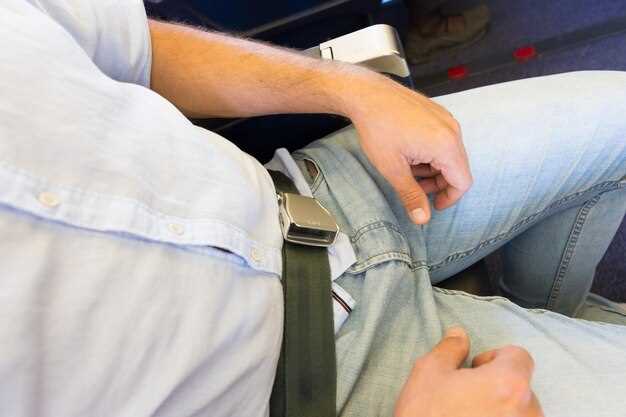
Installing a 6-point harness correctly is crucial for ensuring the safety and security of the occupant in high-performance vehicles, such as race cars or off-road machines. Unlike traditional seat belts, a 6-point harness provides superior restraint by securing the driver and passengers through six contact points: two shoulder straps, two lap belts, and two anti-submarine straps. This comprehensive system is designed to prevent movement during high-speed maneuvers and collisions, thereby enhancing safety.
Before diving into the installation process, it’s essential to understand the components of the harness and how they interact with your vehicle’s seat. Proper alignment and adjustment are key factors that contribute to the harness’s effectiveness. In this article, we will guide you through the critical steps to ensure that your 6-point harness is securely fitted, maximizing protection while allowing freedom of movement when needed.
By following these instructions, you can ensure that the 6-point harness is installed in a manner that aligns with safety regulations and best practices. Safety should always be the top priority, and the correct installation of a harness can significantly reduce the risk of injury in case of an accident. Let’s begin the process of turning your vehicle into a safer, more secure environment.
Choosing the Right 6-Point Harness for Your Vehicle

When selecting a 6-point harness for your vehicle, safety should be your top priority. These harnesses are designed to provide superior restraint during high-speed maneuvers or in the event of an accident. Start by ensuring compatibility with your vehicle’s seat design and mounting points. Check the manufacturer’s recommendations for specific models that fit your seat configuration.
Next, evaluate the harness material and construction. High-quality harnesses typically feature durable fabrics and adjustable straps that ensure a secure fit. Look for harnesses with protective padding for additional comfort and support, especially during long drives. The strength of the hardware, such as buckles and mounting brackets, is also crucial; they should withstand the forces exerted in a crash.
Choosing the correct width of straps is essential for achieving maximum effectiveness. Ensure the harness offers a snug fit across your torso and hips without causing discomfort. Check that the harness meets or exceeds safety standards set by governing bodies, as this is an indicator of reliability and performance.
Finally, take into account ease of installation and daily usability. A harness that is complicated to put on or remove may discourage regular use, compromising safety. Review user feedback and installation guides to ensure that you select a harness that will integrate seamlessly into your vehicle’s seat setup. By prioritizing these factors, you can enhance your safety and enjoy peace of mind while driving.
Step-by-Step Guide to Properly Securing the Harness

Begin by selecting the appropriate 6-point harness suitable for your activity. Ensure the harness is designed for the specific use, whether for racing, climbing, or safety in a vehicle.
Next, check the harness for any signs of wear or damage. Inspect all straps, buckles, and stitching to guarantee that they are in optimal condition. A defective harness could compromise safety.
Once confirmed, lay the harness flat and identify the shoulder straps. Put the harness on like a backpack, slipping your arms through the shoulder straps. Adjust the straps so they sit comfortably on your shoulders without being too tight.
After positioning the shoulder straps, locate the lap belts. Pull them around your waist and fasten the buckle securely. Ensure that the belts are positioned over your hips and not your stomach, as this ensures maximum safety during use.
Next, adjust the straps for a snug fit. You should be able to fit two fingers between the straps and your body. Check each section–shoulder and lap–to ensure they are evenly tight and properly aligned.
Lastly, double-check the connection points to verify that everything is secured correctly. Test the integrity of all buckle mechanisms to ensure they latch and release smoothly. A secure harness is critical for safety during any activity.
Common Mistakes to Avoid During Installation
Proper installation of a 6-point harness is crucial for ensuring maximum safety. Here are some common mistakes to watch out for:
- Improper Seat Position: Ensure the seat is adjusted correctly before installation. A misplaced seat can lead to incorrect harness alignment and reduce effectiveness during an accident.
- Incorrect Harness Routing: Pay attention to how the harness is routed through the seat and across the body. Incorrect routing can compromise safety features and lead to injury.
- Loose Connections: Check all attachment points for tightness. A loose harness connection can disengage during use, resulting in a serious safety hazard.
- Ignoring Manufacturer Guidelines: Always refer to the manufacturer’s instructions for installation. Skipping steps or modifying the harness can void warranties and lead to unsafe conditions.
- Neglecting Adjustments: Make sure that the harness is adjusted to fit snugly against the body. A loose harness will not provide adequate protection in a crash.
By avoiding these common mistakes, you can ensure that the installation of a 6-point harness is done correctly, maximizing safety for all occupants.











